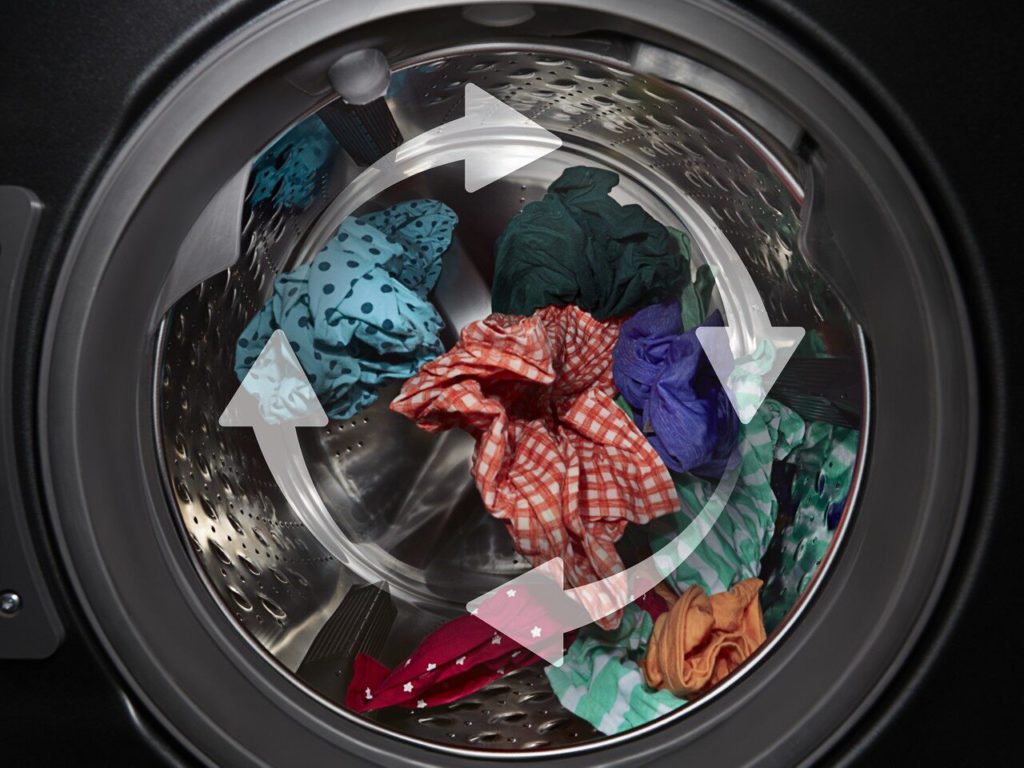General Guidelines for Washing Denim Jeans

The Gentler the Better
- The best way to wash jeans is through a good old-fashioned handwash because it minimizes wear and tear and allows the colours and designs to stay intact. If you simply don’t have the time to wash your jeans by hand, the delicate or gentle cycle on your washing machine is the next best thing.
- Heat can shrink, fade, or yellow the fabric, so only wash them with cold or warm water. We also recommend using a mild detergent because stronger chemicals might lighten the fabric’s colour.
Turn Your Jeans Inside Out
- The inside portion of your jeans often requires the most cleaning because it accumulates sweat and oil. Consider turning your pants inside out to allow more exposure to water and detergent for effective cleaning. This simple step also protects the outside portion from friction and direct detergent exposure.
Avoid Overloading Your Washer
You might be tempted to stuff as much clothing in your washer as possible to get the laundry done faster, but this practice comes with a few drawbacks. Filling a washer to the brim creates excess friction between the fabrics because there’s no room to move freely. It can also cause zippers and rivets to snag or stitching to break.
Read the Manufacturer’s Instructions
Even though there are many common tips on how to wash denim, always read through the manufacturer’s care instructions before cleaning your pair. Jeans come in a variety of styles, dyes, and fabrics, so it’s only natural that they require different care.
Air Dry When You Can
Now that you have some basic knowledge on how to wash blue jeans, let’s move on to drying! Excess heat can be damaging to denim, so drying your jeans in a dryer might not be the best choice. The best way to prevent fading, shrinking, or yellowing is to air dry your jeans after smoothing and stretching them out.
- What if you need to dry your favourite pair faster for a special occasion? You can tumble them on your dryer’s delicate cycle at low heat, then take them out while slightly damp and let them fully dry on a line or rack.
How Frequently Should You Wash Your Jeans?






